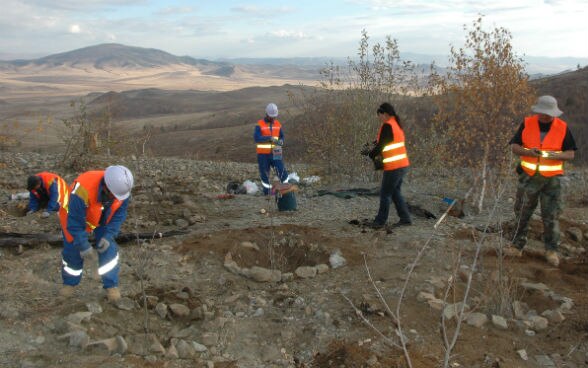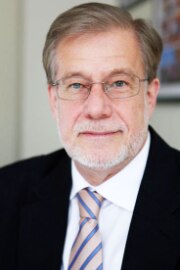
“There was a lack of appropriate regulations and resources for the rehabilitation of artisanally mined land. Now, seeing the sites, I can only say that the right mobilisation of available resources and a simple commitment can bring about real results that are appreciated.”
The work undertaken on 73.3 ha of land was made possible under the Frugal Rehabilitation Demonstration project (FRD) - an economically affordable, socially acceptable and ecologically viable rehabilitation approach for land rehabilitation – conducted by The Asia Foundation’s Engaging Stakeholders in Environmental Conservation Project II (ESEC II) in Mongolia. This project covered eight sites across Mongolia and involved more than 350 artisanal miners and was a practical basis informing the development of a draft Frugal Rehabilitation Methodology (FRM), which went out for initial consultation in November.
Artisanal miners often lack the resources to achieve the same level of land rehabilitation as large-scale mining companies, as well as lack access to the technologies that help prevent or reduce chemical contamination. According to ESEC II Project consultant Estelle Levin, this low-cost rehabilitation approach has proved to be beneficial in transforming degraded landscapes into safe, productive spaces.
The project promotes environmental best practices among artisanal miners in order to foster improved environmental stewardship within ASM operations. To achieve this purpose, the project recognises the importance of bringing together all relevant partners in the promotion of responsible rehabilitation of mined lands.
More than 160 people representing key partners from the government (the Environmental Division of the General Agency of Specialised Inspection and the ASM Unit of the Mineral Resource Authority of Mongolia), local governments and NGOs took part in the regional workshops held at three different locations in Mongolia during October.
The two-day workshops provided participants with information on the current enforcement of environmental laws and regulations and state policy on mineral resources, and presented an outline concept for local environmental planning that incorporates the sustainable formalisation of the ASM sector.
The workshops also enabled participants to visit FRD project sites and to share best practices in the application of the frugal rehabilitation approach.
“Such a productive model of collaboration among all parties inspires us to initiate similar efforts in our soum as well,” said Mr U. Manaljav, Environmental Inspector from Bor-Undur soum in Dornogobi aimag.
The ESEC II Project focuses on developing best and appropriate environmental practices and complements SDC’s Sustainable Artisanal Mining Project to progress more sustainable formalisation of the ASM sector.

